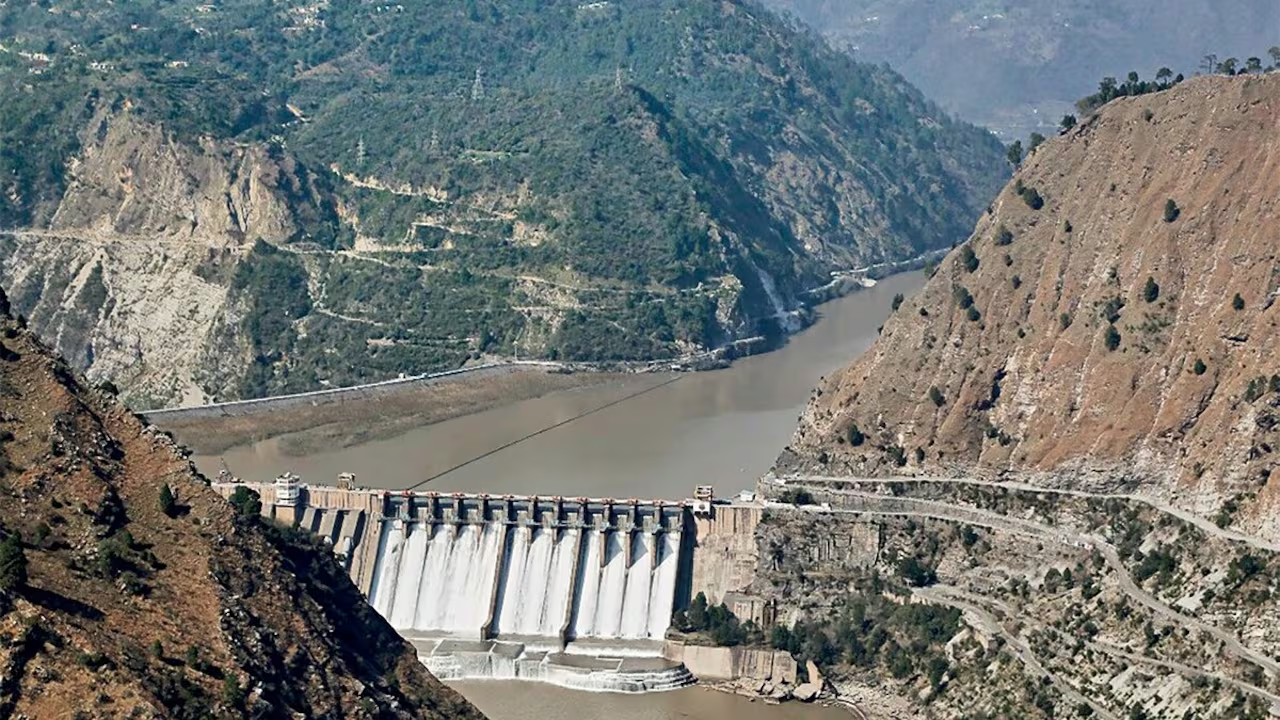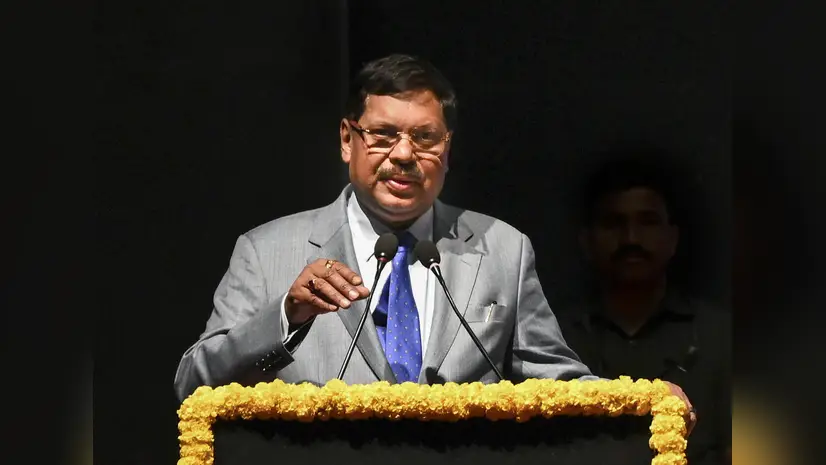- Courses
- GS Full Course 1 Year
- GS Full Course 2 Year
- GS Full Course 3 Year
- GS Full Course Till Selection
- Answer Alpha: Mains 2025 Mentorship
- MEP (Mains Enrichment Programme) Data, Facts
- Essay Target – 150+ Marks
- Online Program
- GS Recorded Course
- Polity
- Geography
- Economy
- Ancient, Medieval and Art & Culture AMAC
- Modern India, Post Independence & World History
- Environment
- Governance
- Science & Technology
- International Relations and Internal Security
- Disaster Management
- Ethics
- NCERT Current Affairs
- Indian Society and Social Issue
- NCERT- Science and Technology
- NCERT - Geography
- NCERT - Ancient History
- NCERT- World History
- NCERT Modern History
- CSAT
- 5 LAYERED ARJUNA Mentorship
- Public Administration Optional
- ABOUT US
- OUR TOPPERS
- TEST SERIES
- FREE STUDY MATERIAL
- VIDEOS
- CONTACT US
Diel Vertical Migration
Diel Vertical Migration
12-12-2023
Context
- Scientific observations have shown that Diel Vertical Migration help in Carbon Sequestration.
What is Diel Vertical Migration?
- Diel Vertical Migration is the largest migration of living things on Earth which happens on daily basis.
- It involves deep-sea creatures such as zooplankton making daily moves up and down in the water.
- They come up to the surface at night and then head to deeper levels during the day to search for food while steering clear of predators.
- This movement up and down is a strategic tactic used by these creatures to survive.
What is Carbon Sequestration?
- Carbon sequestration refers to the process of capturing and storing carbon dioxide (CO2) to prevent it from entering the atmosphere, where it contributes to global warming and climate change.
- It is the long-term storage of carbon in plants, soils, geologic formations and the ocean.
- It occurs both naturally and as a result of manmade activities.
Types of Carbon Sequestration
- Terrestrial Carbon Sequestration: This process involves the absorption of CO2 from the atmosphere by trees and plants via photosynthesis, storing carbon in soils and various forms of biomass (such as tree trunks, branches, foliage and roots).
- Geological Carbon Sequestration: CO2 can be stored in oil reservoirs, gas reservoirs, unmineable coal seams, saline formations and shale formations rich in organic content.
- Ocean Carbon Sequestration: Oceans play a significant role in absorbing, releasing and storing considerable amounts of CO2 from the atmosphere. This occurs through two methods:
- Enhancing the productivity of ocean biological systems via Iron fertilization
- Iron fertilization involves adding iron to parts of the ocean that are low on this nutrient.
- Iron acts as a kind of "spark" for phytoplankton, tiny plant-like organisms in the ocean.
- When these phytoplankton get the iron they need, they grow and multiply, using up carbon dioxide from the atmosphere during photosynthesis.
- This process helps reduce the amount of carbon dioxide in the air, which is good for the environment.
- Injecting CO2 into the deep ocean.
- Enhancing the productivity of ocean biological systems via Iron fertilization
How Diel Vertical Migration helps in Carbon Sequestration?
- Diel Vertical Migration (DVM) plays a role in carbon sequestration by moving carbon from the surface of the ocean to deeper levels.
- Tiny sea creatures, like zooplankton, come up to the surface at night to eat phytoplankton.
- When they swim back down during the day, they poop and release waste particles.
- These waste particles sink deep into the ocean, carrying carbon with them.
- This helps move carbon from the surface to the deep sea, where it can stay trapped for a long time, contributing to carbon storage and helping regulate the Earth's carbon cycle.



